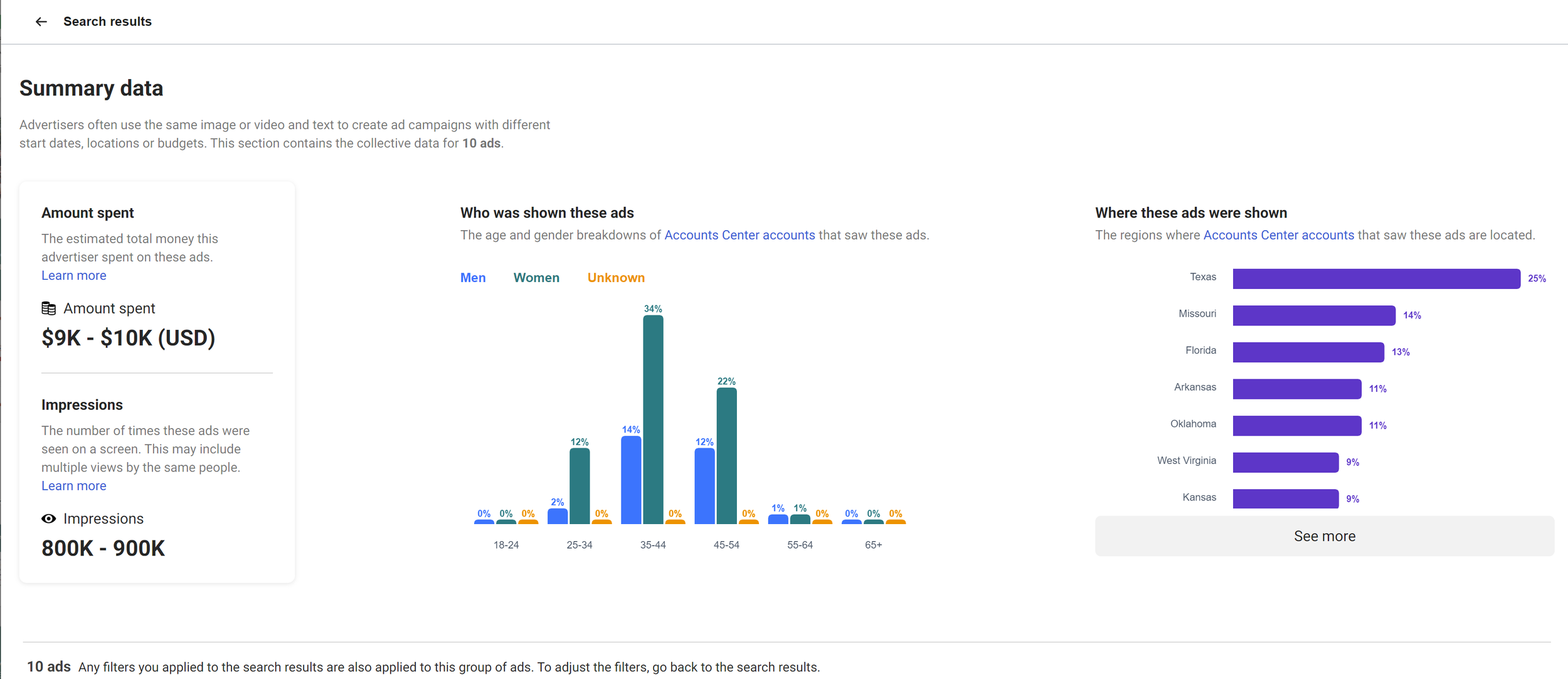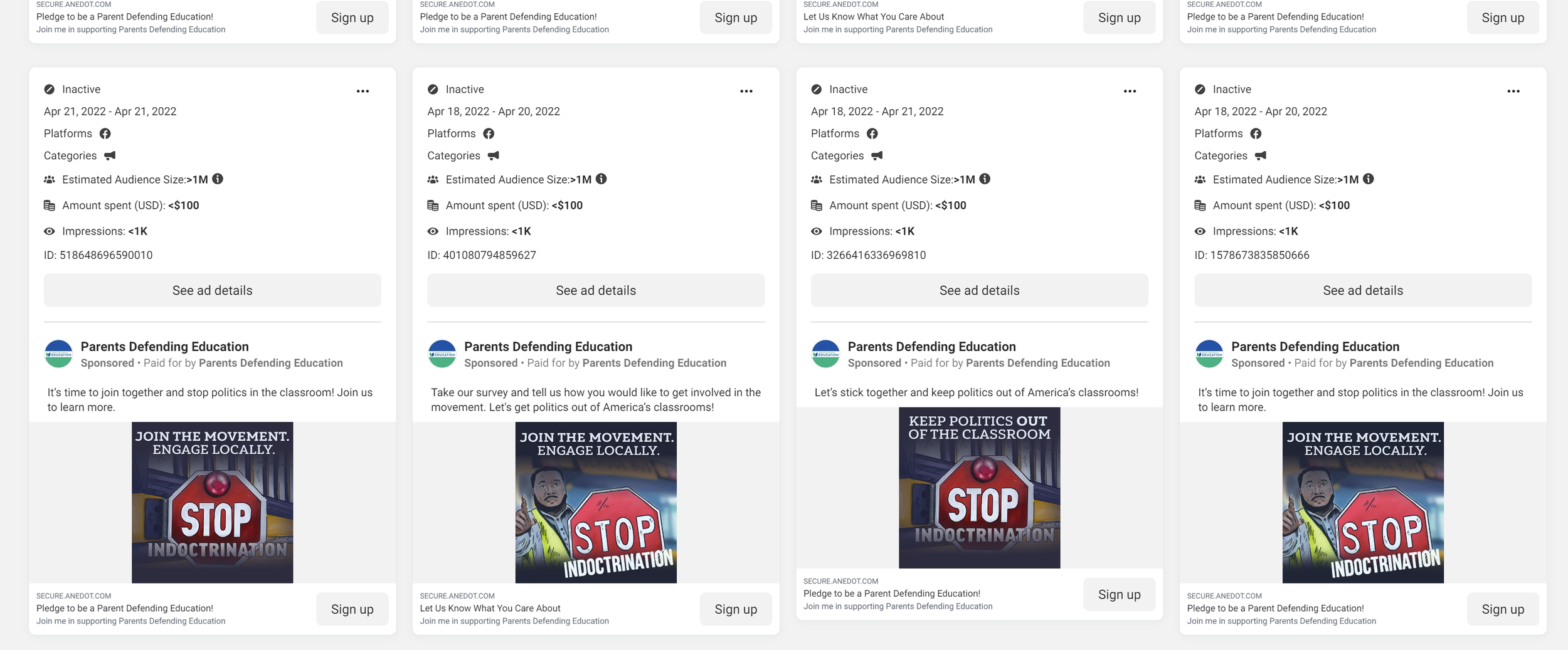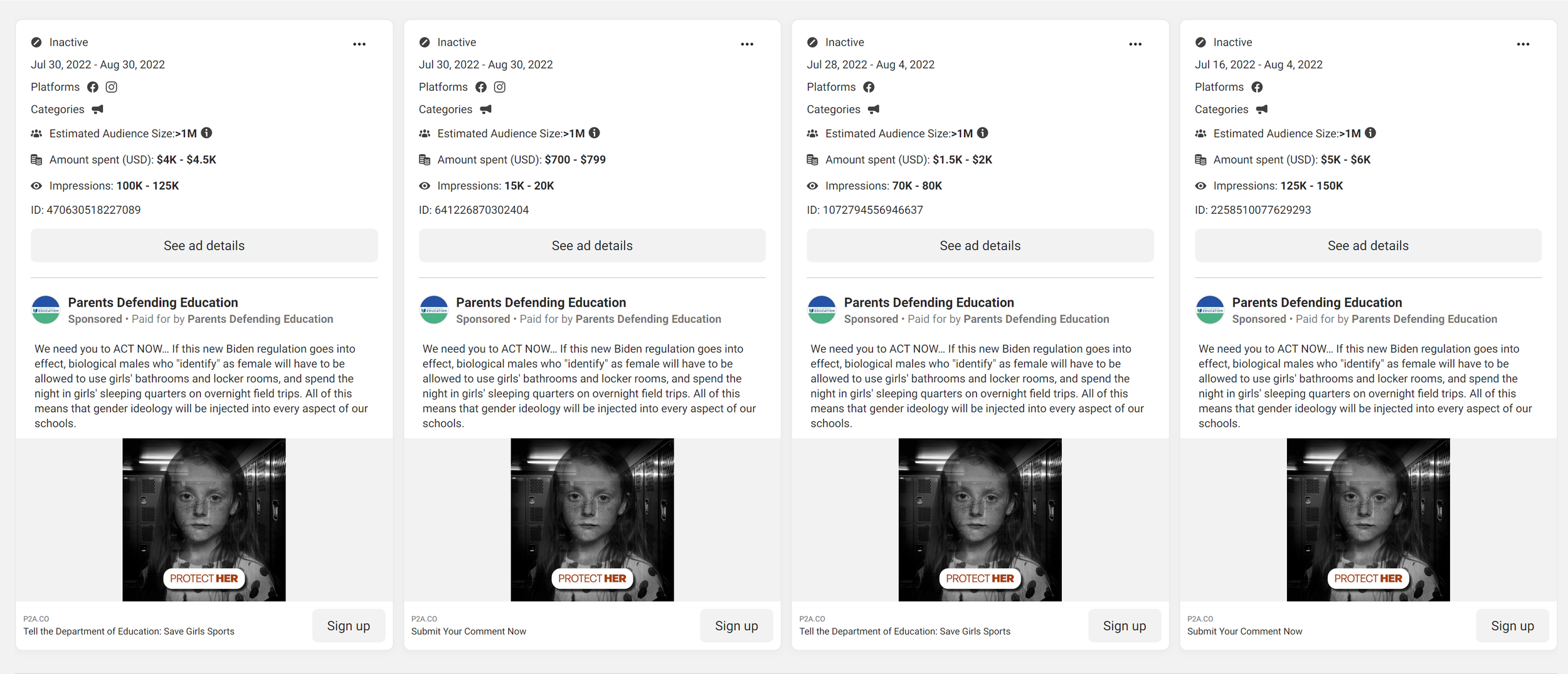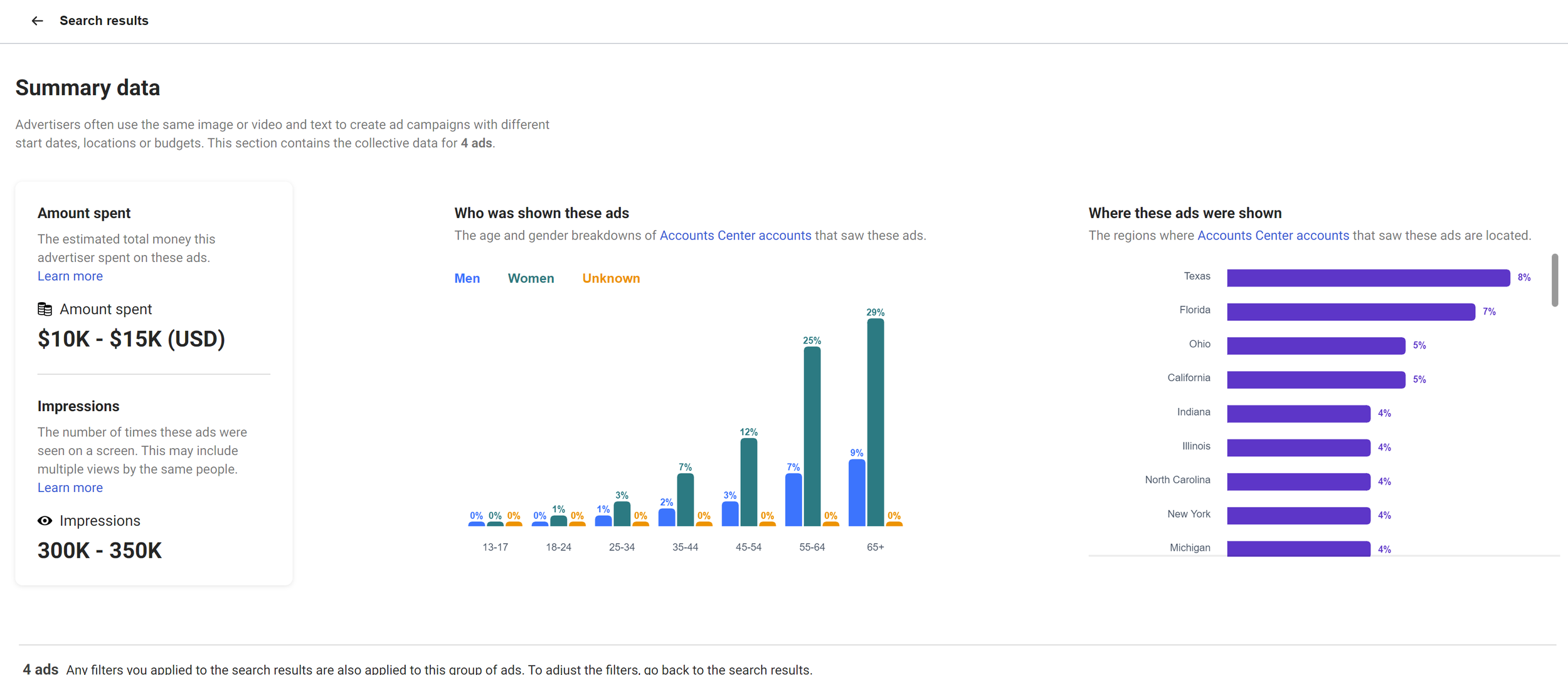Three more school bathroom bills pass, and how we got here
Last night, I checked my Fitbit’s data from the past 2 ½ months and found that my average daily resting heart rate has gone up by 20% since the start the legislative session. As a trans person and a provider working in gender-affirming care, so much of my focus has been on the torrent of bills restricting access to care which seem virtually unending.
But as someone who had to use the boys’ bathroom in high school, there are few places that engender more fear to this day.
While more than 1 in 5 U.S. states have passed laws or enacted policies banning lifesaving medical care for trans youth, nearly 1 in 12 states have passed laws banning trans students from bathrooms in accordance with their gender. By the end of this legislative session, that has the potential to rise to 1 in 4.
At least three bathroom bills have been signed into law this week targeting trans students in Iowa, Idaho, and Arkansas. Meanwhile, several more states are in the process of passing similar measures imminently, such as Texas, Florida, Nebraska, Rhode Island, Arizona, Illinois, Michigan, and North Dakota.
While some of those feel unlikely — Rhode Island, Illinois, and Michigan— the chances that such a bill will pass in Texas and Florida are extremely high, with no chance of a veto, as in Arkansas, their governors are actively campaigning for the bills.
Also this week, Kentucky SB 150 — which contained provisions related to gender-affirming care, school “obscenity”, and required forced outing of students suspected of questioning their gender — also included similar phrasing restricting students to bathrooms matching their sex on their “original unaltered birth certificates”. SB 150 was passed March 16, but was thankfully vetoed by Kentucky Governor Beshear this past Friday.
As with KY SB 150, many of these “bathroom bills” which were previously introduced in past legislative sessions as individual specific bills, now exist as part of omnibus “parental rights” bills. Many of these follow DeSantis’ infamous HB 1557, known more commonly as the “Don’t Say Gay or Trans” bill. While these all use a similar template, they’ve all been custom-tailored for a combination of individual legislator, lobbyist and regional moral panics (see: footnote). While many state-level parental rights bills do not contain provisions around bathrooms — many do, and many more still contain provisions requiring forced outing. This includes congressional House Hill 5, which just passed the house. While HB5 does not mandate bathroom segregation, it does mandate that schools out trans youth by notifying parents if a child is allowed to use the bathroom.
Of the bathroom bills which have passed, the majority will go into effect on or around June 1st. By next school year, we will almost certainly be seeing a wave of trans children afraid to go to school at rates unmatched even during the Trump administration.
We need to make a plan to protect trans youth in schools, and to do so, we have to look at how we got here.
Before we continue, it’s important to note that while the bathroom bills discussed below focus on schools, the original bathroom bills were aimed at the general public.
In 2016, HB2 passed in North Carolina, making it a crime for trans people of all ages to use public bathrooms not in accordance with their sex assigned at birth. Unlike the paltry response we see today, the outrage was palpable. For the state of North Carolina, it was also hugely expensive. Following public pressure from major LGBTQ rights organizations, multinational corporations like PayPal pulled huge financial stakes, including nixing plans to build a new headquarters in the state. Ringo Starr cancelled a concert. In total, the Associated Press estimated that the blowback cost the state $3.76 billion.
Ultimately, the same legislature which passed the bill tore it up, and HB2 failed miserably despite its initial passage. It cost several prominent politicians massive points in the following election from prospective voters who saw the bill as a niche interest bringing unnecessary financial hardship to the state.
While less overt than HB2, the following gubernatorial election a ballot initiative in Massachusetts attempted to test the waters by asking voters whether pre-existing protections created by SB 2407 in 2016, which stated that trans people have the the protected right to use a bathroom in accordance with their gender ought to stand. The ballot initiative was driven by opponents of SB 2407, but was confusingly worded in order to obscure this fact: a “Yes” vote preserved the existing protections, whereas a “no” vote would oppose them. Anti-trans groups exploited the confusion they had thus created, and put out literature suggesting that an affirmative vote would create a new law that would “allow men to photograph little girls” in public, and make it illegal for police to intercede. Question 3 passed, against the interests of those who had put it on the ballot, but not nearly with the sort of margin any of us whose rights were on the line were terribly comfortable with.
After the failures of HB2 and question 3, the right-wing decided to change course, using a similar narrative to the No on 3 campaign. But this time, they decided to focus on schools. This was in part because despite the previously unpopular nature of targeting trans youth, far-right think tanks were working on a campaign that would allow them to attack trans protections through policy and legislation — and ultimately set them up to dismantle protections enacted by the Department of Justice under Barack Obama.
So how did we get here?
In 2018, shortly after the Trump administration banned transgender people from serving in the military, then-Secretary of Education Betsy DeVos rescinded guidance issued under President Obama affirming the rights of trans students to safely use bathrooms that aligned with their gender.
In response to the DeVos announcement, trans youth and allies took to the streets around the country. Many confronted her directly, including a 14-year-old student who wrapped themselves in a trans flag during a meeting with DeVos pertaining to the policy. The Human Rights Campaign projected the words “Betsy DeVos, how do you sleep at night when 70% of LGBTQ youth report being bullied at school?”
There are many, many important reasons that the Trump administration was opposed at every turn by activists and organizers around the country. Having promised to build a militarized wall on the southern border and “drop daisy cutters on [the] families” of people suspected of being involved in terrorism abroad during the presidential debate, Trump very reasonably represented the very worst of humanity. He still does. His overtures to white supremacy, his frequent use of racist epithets and tropes, and his utter disregard for women and sexual and gender minorities allowed the typically fractured liberal center to unify against a common enemy with the left.
During the Trump administration, active resistance was fairly common (although not nearly as common as many of us would have preferred). Having a national figurehead also made it possible to focus on a few campaign targets without burning out just trying to keep up. But among conservatives, the DeVos policies were increasingly popular as the allegedly liberal media began to feature stories about “Rapid Onset Gender Dysphoria”, attempting to de-legitimize trans youth and sew doubt about whether the kids that activists were trying to protect were “truly trans.” This was partially a response to the massive outpouring of support visible in nearly every major U.S. city every time the Trump administration targeted trans people. It was a line we’ve all heard over and over, but this time they delivered it differently and were smart enough to hide the evangelical roots of the movement.
As we all know, by now, extremely well-funded organizations worked have worked for quite a while to manufacture a moral panic that would give them license to do what the religious right had been trying for years. As Trump’s policies were injuncted one after the other, and Harris and Bostock established in legal precedent what the Obama-administration had done through policy, machinery set to work on building a situation not only to decimate trans healthcare, but to ban youth from athletics and school bathrooms. The hope was that the latter would provide a galvanizing force to propel more controversial bans around gender-affirming care to the forefront. When the Overton window shifts, things that were previously not possible suddenly seem more reasonable.
At the heart of Harris were two forms of protection understood by the Obama adminstration as protecting trans poeple: the Equal Protection clause of the 14th Amendment and Title IX. While most anti-discrimination law rests on the former, the latter is specifically related to educational institutions that receive federal funding. More specifically, around athletics and access to facilities.
During the Harris decision, Justice Sotomayor ominously alluded to a weakness in relying on Title IX when it came to bathrooms during an exchange with an ACLU attorney. While she didn’t finish her sentence, the meaning in her pauses is very explicit. And the court has only become more conservative since then.
"Tip line” on PDE’s IndoctriNation map
Following Biden’s inauguration in 2021, massive far-right think tanks began financing groups like Parents Defending Education and Moms for Liberty. While Moms for Liberty just as frequently focused on opposing mandatory vaccinations and school closures, Parents Defending Education has always had a particular focus on LGBTQ issues and anti-racist teaching, which it erroneously describes as “Critical Race Theory”. In several cases, these groups have broadened their base by appealing to different prejudices. At their outset, Parents Defending Education sued Wellesley Public Schools in Massachusetts, claiming that the affinity groups created as part of the school systems DEI plan were inherently discriminatory against white students.
As part of this strategy, Koch-affiliated PDE created a “submission portal” for people to upload lesson plans and other supporting documents of alleged transgressions which were then displayed on their searchable “IndoctriNation Map”. Their website includes instructions on how parents can create a targeted campaign aimed at a specific school, with step-by-step instructions for building outrage. The PDE website contains dozens of “gender support plan” documents, as well as PDFs of correspondence between anti-trans activists and school officials. These documents are then compiled in “press releases” to manufacture controversy in the public eye. In the overwhelming majority of these situations, the strategy is to take the objection of individual parent and recast it as community concern. Once a story is pushed into a local news outlet, school districts are forced to scramble lest their schools become the target of national outrage.
(sadly, schools have not yet begun to teach Critical Race Theory, although I doubt I’m alone in thinking that they really ought to).
See the ad data on the Meta Ad Library
As part of the initial push to grow these organizations, Facebook groups were grown using paid advertising, which allowed conservative organizations to target specific demographics and, in particular, specific regions. School board policies were challenged on a county by county basis. This included Hanover County Schools in Virginia, which the Alliance Defending Freedom reached out to via an openly far-right board member, who then invited the ADF to “review their policies”. Student organizers got wind of the plan and, together with parents of LGBTQ youth created a genuine grassroots campaign to oppose the manufactured controversy created in Virginia.
This was in part a calculated reaction to a situation where a male student sexually assaulted a female student in the girls’ bathroom. Right-wing news outlets inaccurately claimed that the assailant was transgender. The school board proposed anti-trans guidelines banning trans students from bathrooms matching their gender.
Students in response protested in support of their trans classmates. However, you wouldn’t know that’s what happened from many of the headlines at the time.
Several news outlets ran with headlines written in such a way as to suggest that students were protesting against trans inclusion. These were also put into paid online advertisements disguised as news stories, on extreme far-right outlets like “The Lion”, a conservative educational think tank financed by evangelical Stanley Herzog. These paid ads targeted at key demographics seen as most likely to garner support for anti-trans measures. When similar measures were put into place in New Hampshire, several outlets wrote similarly confusing headlines.
As sympathetic news media uncritically platformed organizations like PDE and M4L as “concerned parents groups” far-right outlets like the Daily Wire promoting false narratives claiming that there is a widespread epidemic of boys pretending to be trans to use the school bathroom. Meanwhile, legislators were filing legislation around the country to ban trans youth from school sports and school bathrooms.
While both Parents Defending Education and Moms for Liberty were only formed in 2021, they relied on the same pre-existing infrastructure created by the Heritage Foundation and the Family Research Council over decades, with legal guidance from the ADF and American First Legal. While last year’s bills were only fractionally successful compared to 2023’s torrential downpour, the plan was always to introduce them more broadly as public opinion appeared to rise against trans people among conservative voters.
These efforts were bolstered by the enormous influx of cash to the ADF and similar legal organizations jointly involved in the assaults on reproductive freedom and trans rights after Dobbs. v Jackson. It had always been the ADF’s intent to create an abortion law so draconion that it would nearly instantly land in federal court. The goal was to get to the Supreme Court as quickly as possible, and it worked.
We have every reason to believe this is the intention now, as well. With SCOTUS poised to hear BPJ vs. West Virginia, which will rest specifically on Title IX, it’s impossible to escape the feeling that the walls are closing in.
But there’s one more crucial ingredient to the utter hellscape trans youth are entering into. While astro-turfed “concerned parents groups” have been growing like wildfire and creating test cases for the supreme court, trans youth and their families have found few allies willing to occupy the streets like they did during trump. Perhaps it’s apathy, perhaps it’s burnout, but either way few trans people I talk to feel supported by the general public and most feel abandoned during the worst assault on our rights in recent memory. We can’t do this alone.
I’m taking a break for today but I’ll post more steps you can take soon, because we need all of you.
Footnote: However, not all of the tailoring was done terribly thoroughly. Florida’s HB 1557 was copied so completely in Massachusetts with HB 458 that they forgot to remove the reference to the Florida Statute that HB 1557 originally modified (annotated in both bills as 1001.42, F.S.). While the bill doesn’t stand a chance in hell in Massachusetts (at least in 2023), if passed it would have the unusual distinction of attempting to modify another state’s legislation through clerical error. [ return to article ]








